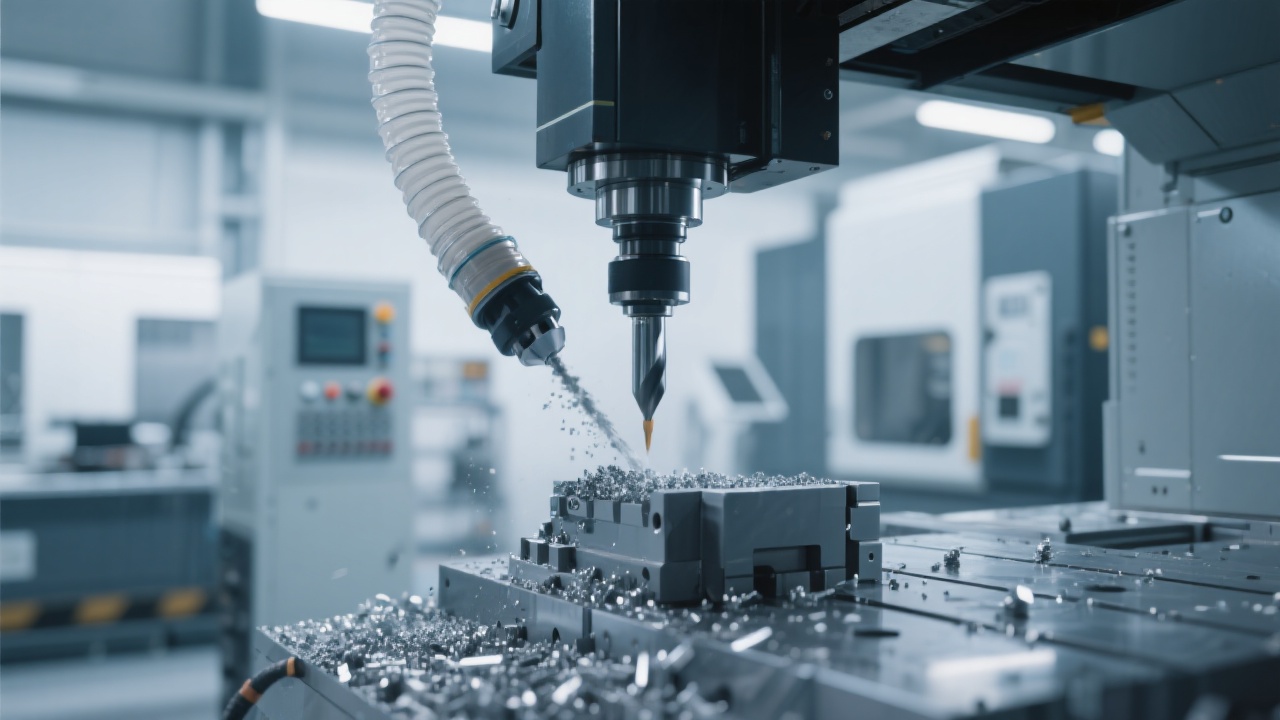
When sourcing graphite machining equipment—especially wet-type centers—dust containment is not just a feature; it’s a critical factor affecting machine longevity, product quality, and operational safety. According to a 2023 study by the International Association of Machine Tool Manufacturers (IAMTM), over 42% of unplanned downtime in graphite processing facilities stems from inadequate dust control systems.
To avoid being misled by marketing claims, buyers must focus on three measurable indicators:
| Metric | Why It Matters | Recommended Standard |
|---|---|---|
| Sealing Integrity (IP Rating) | Prevents fine graphite particles from entering motors or electrical components. | IP54 minimum; IP65 preferred for high-dust environments. |
| Dust Filtration Efficiency | Ensures clean air flow around cutting tools and operators. | HEPA-grade filters (>99.97% @ 0.3µm) with wet scrubber backup. |
| Operational Stability | Maintains precision even after extended use in dusty conditions. | Positional accuracy within ±0.02mm after 500 hours of operation. |
These metrics should be verified through both field testing and third-party certification reports—not just manufacturer claims.
Before finalizing a purchase, conduct these tests onsite:
A case study from a leading battery component manufacturer in Germany showed that machines rated IP65 with wet-cleaning systems reduced maintenance costs by 37% compared to those without advanced dust management—over a 12-month period.

The key takeaway? Don’t rely on glossy brochures or vague promises. Demand proof. Ask suppliers for real-world test data, preferably from customers in similar industries. And always request access to their ISO-certified lab reports or independent validation.
If you're serious about selecting a reliable wet-type graphite machining center, stop guessing—and start measuring.

